What are the different types of children’s heaters?
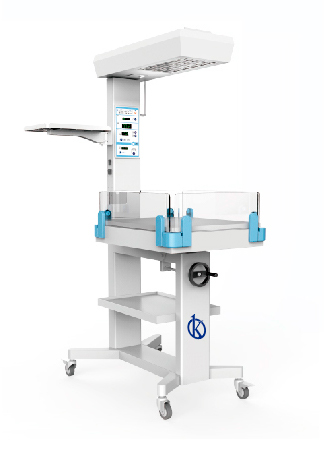
Childhood heaters are medical equipment designed to provide constant heat to low-weight newborns who have thermoregulation problems or who need constant interventions by medical staff, as their purpose is to maintain a temperature-controlled environment to help newborns maintain their body temperature.
What are the results when using a child radiant heater?

A child radiant heater is a medical device used to provide newborns with a comfortable thermal area that maintains their body temperature from 36 to 37 degrees, that is, this equipment is a controlled source of radiant heat for newborns and pediatric patients, providing them with infrared energy that produces both penetrating and superficial heat.
What is a neonatal resuscitation table?
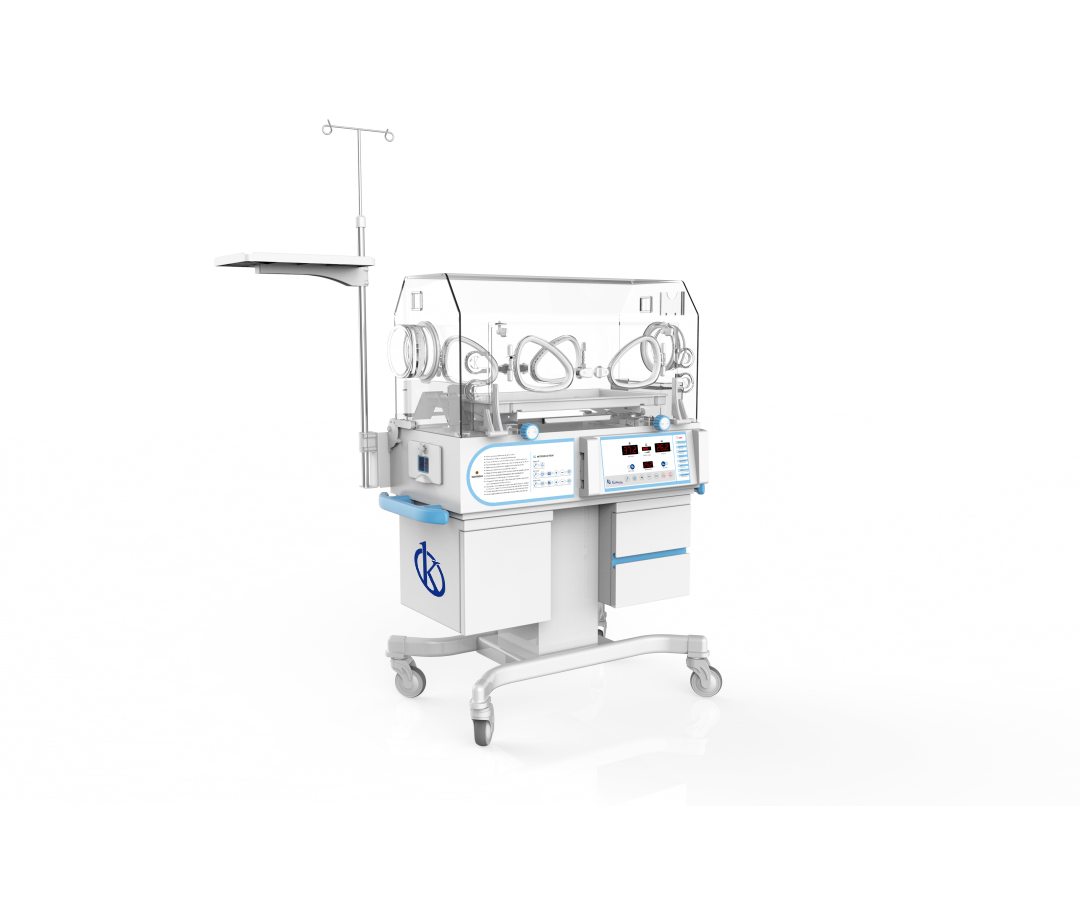
This equipment is essential when in special cases or situations the newborn is not full term, approaching 80% of premature babies, presenting some conditions such as asphyxiation, which if present for a long period can cause the death of the baby, among other factors of prenatal or intrapartum risk, so, in any health center, must possess a table of neonatal resuscitation.
What are the care and maintenance needs of a child radiant heater?

A radiant infant heater is a medical equipment commonly used in pediatrics and neonatology services, specifically in neonatal intensive care units, to provide newborns with a comfortable thermal area that maintains their body temperature from 36 to 37 degrees. This equipment works through a servo control or servo mechanism and heat transfer is produced by thermal radiation.
What are the benefits of using an infusion pump?
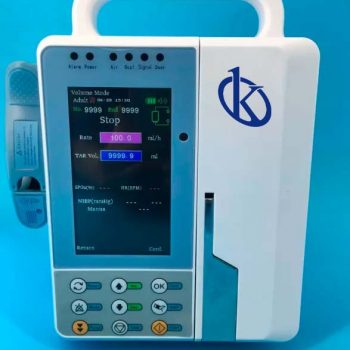
Infusion pumps are medical devices that allow fluid to be delivered to the patient’s body in controlled quantities at the right time. What allows liquids for medical purposes in very small volumes, and by the program they have included has the ability to administer these liquids at very precisely programmed speeds and even at automatic intervals, this ability allows greater control during the parenteral administration of drugs and solutions, especially in conditions where the accuracy and constant contribution of some drug or medicine is key.
Care and maintenance of an infusion pump
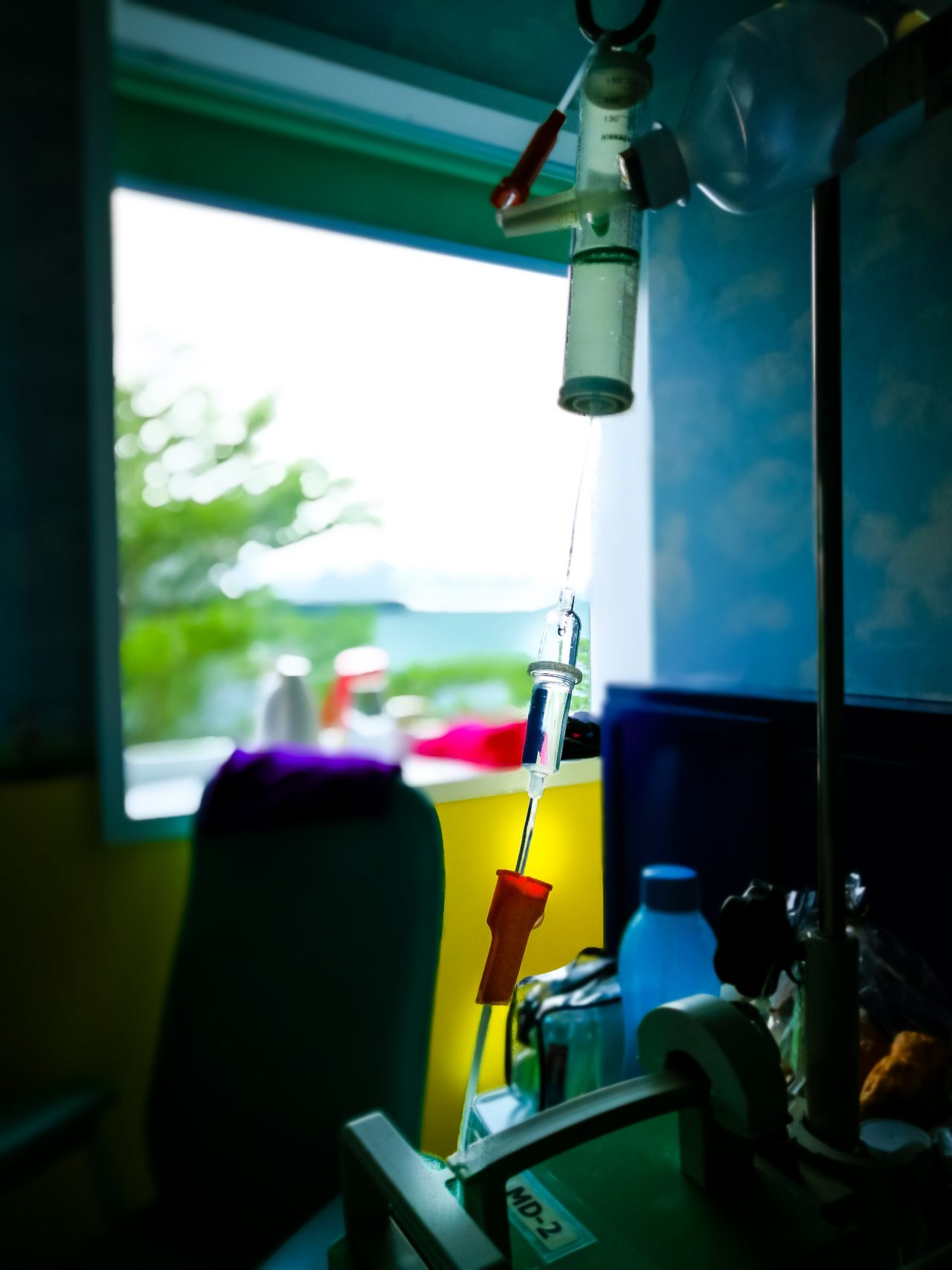
An infusion pump is a medical equipment used in clinics and hospitals to mobilize fluids such as solutions, drugs, blood and blood derivatives through a connector into the patient’s circulatory torrent, thus facilitating precise parenteral administration of drugs and solutions.
infusion pumps: what are they and what are they used for?
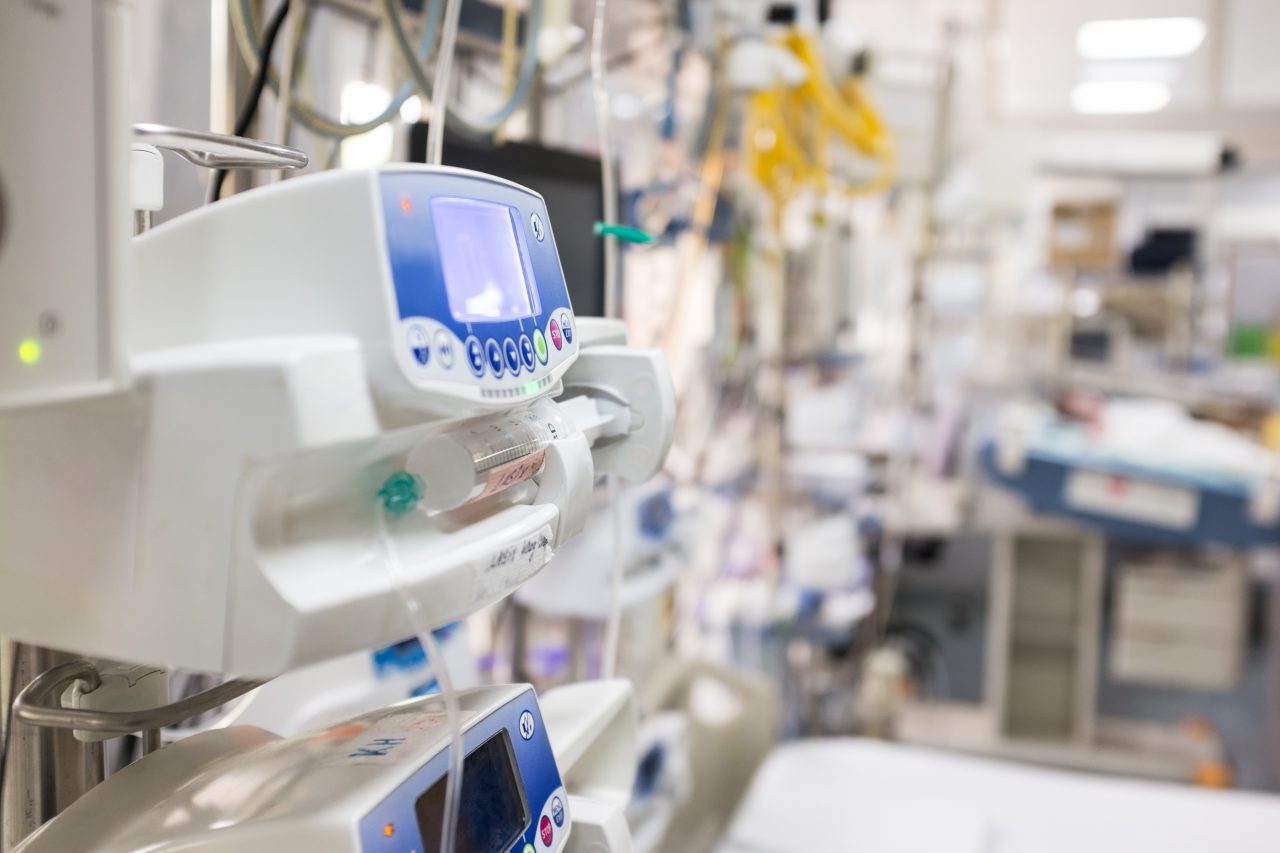
These medical equipment are the precise solution to fluid administration in the patient, since the infusion pumps were introduced in hospitals and clinics, precision errors have been reduced avoiding delays in patient recovery or possible complications that may arise in the administration of treatment to the patient; in addition to allowing the nurse to perform other activities because she should no longer be constantly monitoring the administration of fluids.
Differences between an infusion pump and a syringe pump
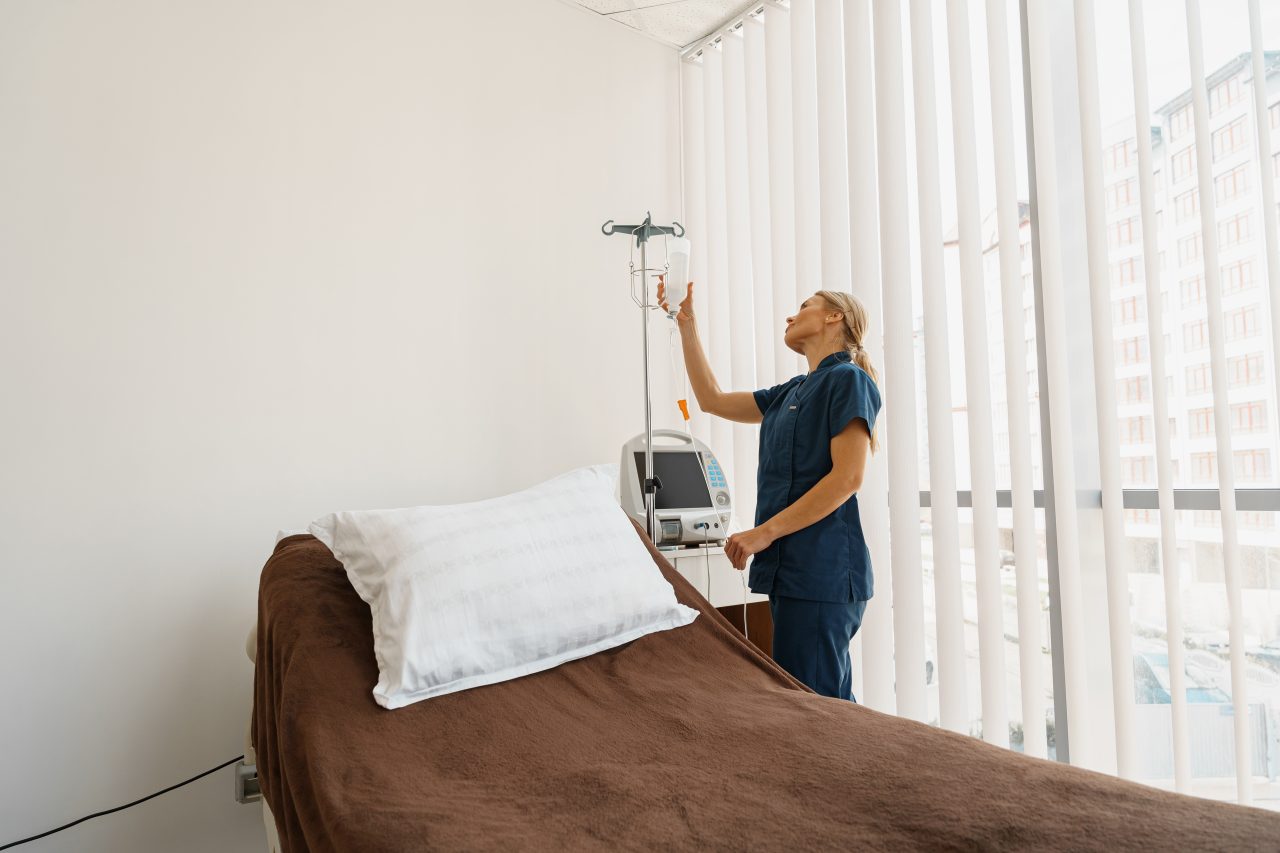
Infusion pumps and syringe pumps are medical equipment that allows drugs or solutions to be delivered to the patient’s body in controlled quantities and accurately. They are used when it is key to give the patient a specific amount of a drug or solution at a certain rate or for a specific amount of time.
Which is an infusion pump in nursing?
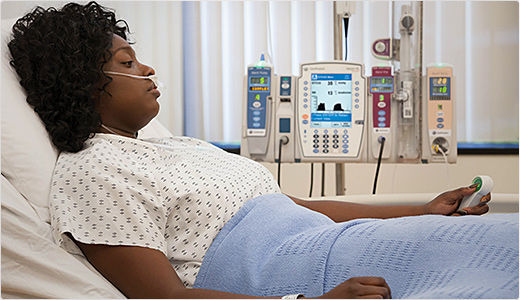
Infusion pumps are artificial energy devices capable of providing a positive influence of liquid to infuse in patients, providing greater accuracy and safety of drugs than traditional methods of flow control (controllers), thus avoiding bacterial agents and in turn decreasing the percentage of human errors.
What are the Features and Applications of a Semen Analyser?

The semen analyser is a medical team that has different properties adapted to the type of user, in charge of measuring the quantity and quality of sperm, and checking the existence or not of problems, with the activity of the same.
